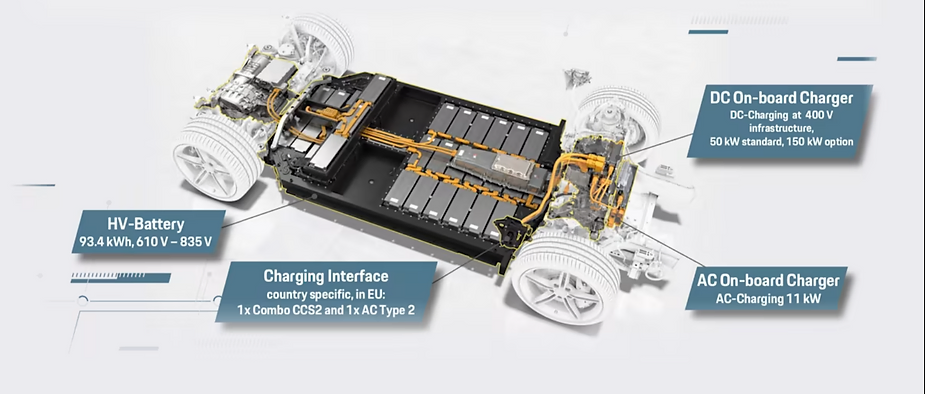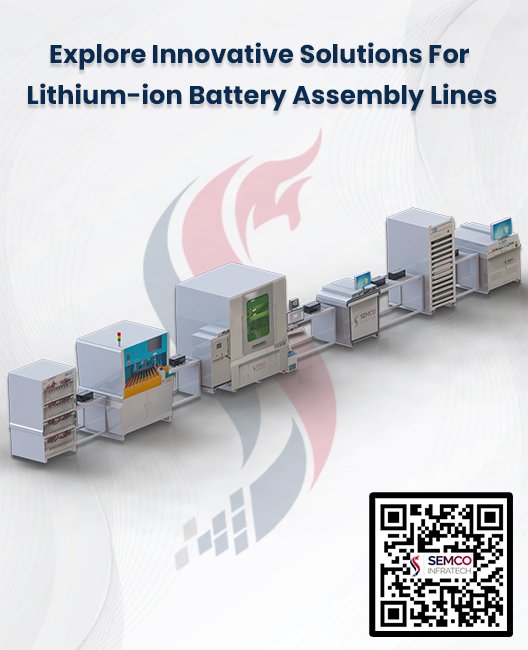The automotive industry is witnessing a technological revolution with the advent of 800V architecture in Battery Electric Vehicles (BEVs). This innovation is set to redefine the standards for EV performance, charging speed, and efficiency. Let’s delve into the myriad benefits this cutting-edge technology offers and understand why it’s becoming a cornerstone in the evolution of electric mobility.
What is 800V Architecture?

Traditional electric vehicles operate on a 400V system. While this has been sufficient for early EV designs, the push for higher efficiency and faster charging has led to the development of 800V architecture. By doubling the voltage, this system can deliver superior performance without significantly increasing weight or size.
Key Advantages of 800V Architecture in BEVs
1. Ultra-Fast Charging
One of the standout benefits of 800V architecture is its ability to enable ultra-fast charging. With higher voltage levels:
- Charging times are significantly reduced.
- Drivers can achieve up to 80% charge in less than 20 minutes at compatible charging stations.
- This addresses one of the major concerns for EV users: range anxiety.
2. Improved Energy Efficiency
Higher voltage means lower current for the same power output. This results in:
- Reduced energy losses during transmission.
- Improved overall efficiency of the vehicle’s powertrain.
- Enhanced battery lifespan due to lower thermal stress.

3. Enhanced Performance
800V systems can support powerful motors and robust components. The results include:
- Increased top speeds and better acceleration.
- Optimized handling and driving dynamics.
- The ability to support larger vehicles, including electric trucks and SUVs, without compromising performance.
4. Weight and Space Savings
The shift to 800V architecture allows manufacturers to use thinner cables and smaller components. This leads to:
- Reduced overall vehicle weight.
- More space for passengers and cargo.
- Lower production costs, which may translate to more affordable EVs.
Challenges and Solutions
While the benefits of 800V architecture are undeniable, there are challenges to its widespread adoption:
- Infrastructure limitations: Charging stations need to be upgraded to support 800V systems.
- Higher initial costs: Advanced components and technology come at a premium.
However, these challenges are gradually being addressed with increasing investments in EV infrastructure and economies of scale. Major automakers and charging network providers are already rolling out 800V-compatible vehicles and fast-charging stations globally.
Notable Examples of 800V BEVs
Several industry leaders are pioneering the use of 800V architecture, including:
- Porsche Taycan: Known for its exceptional performance and ultra-fast charging capabilities.
- Hyundai Ioniq 5 and Kia EV6: Mainstream models offering accessible 800V technology.
- Lucid Air: A luxury EV showcasing the potential of 800V systems to deliver unparalleled range and performance.
The Future of Electric Mobility
Adopting 800V architecture is not just a technological upgrade; it’s a paradigm shift in how we perceive and use Battery Electric Vehicles. As more automakers embrace this innovation, we can expect a new era of EVs that are faster, more efficient, and better suited to modern drivers’ demands.
Conclusion
The transition to 800V architecture is a critical step toward making Battery Electric Vehicles more practical, efficient and appealing to a broader audience. From faster charging and enhanced performance to weight savings and energy efficiency, the benefits are transforming the landscape of electric mobility. As infrastructure catches up and costs come down, this powerful technology will undoubtedly play a pivotal role in accelerating the adoption of EVs worldwide.
Whether you’re an early adopter or someone considering the switch, the rise of 800V systems offers an exciting glimpse into the electrified future of transportation.






